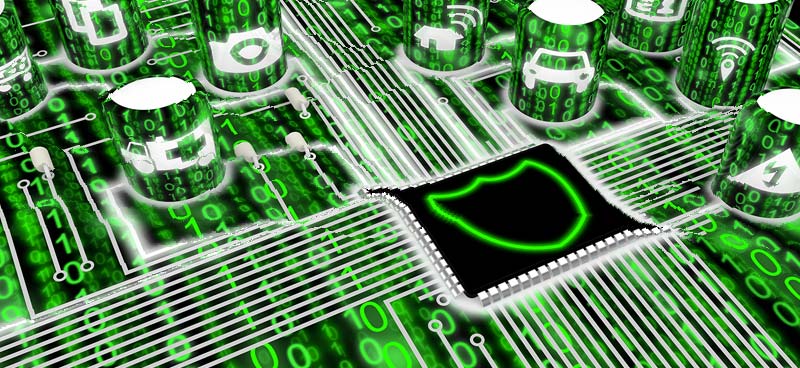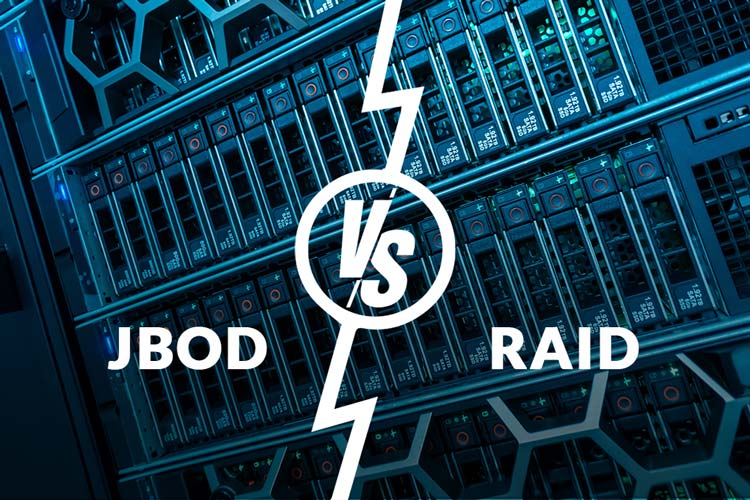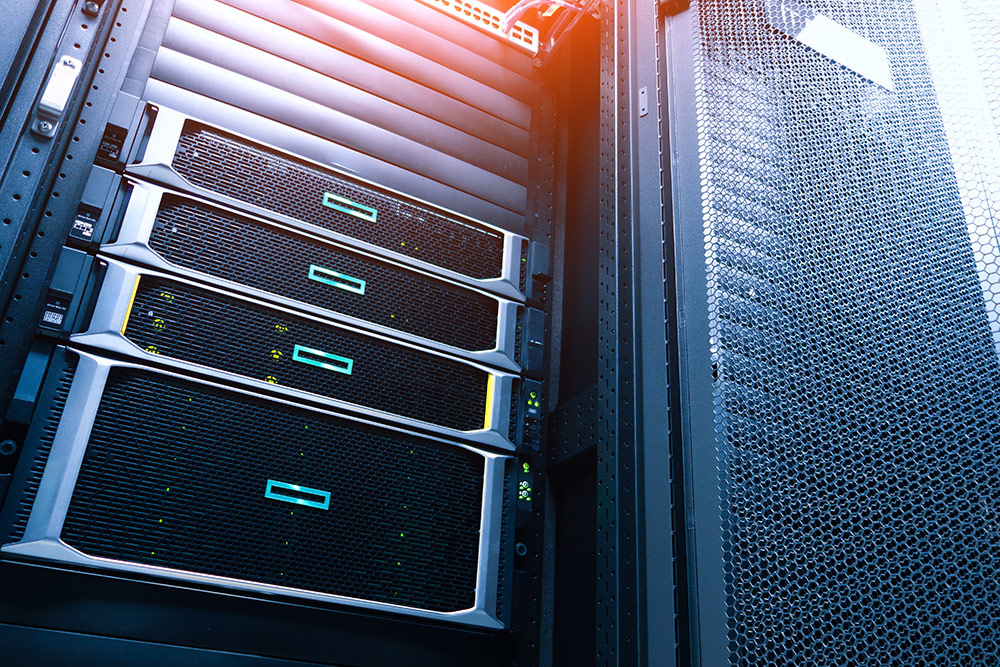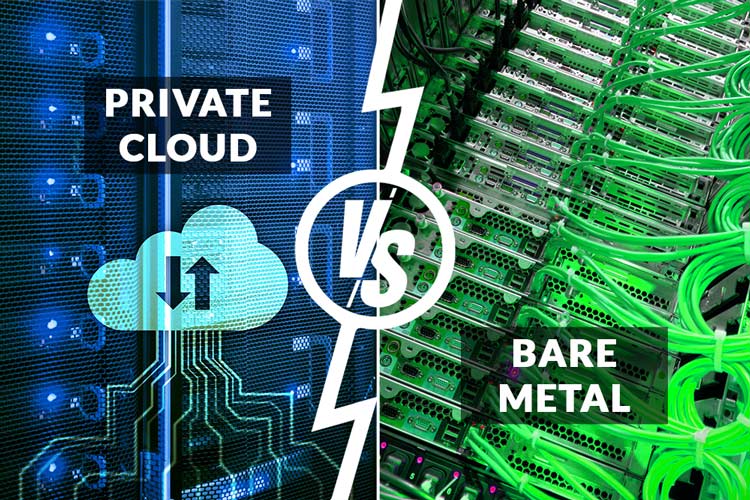What was once an innovative idea has become the norm for today’s modern family. Today we live in a world where just about anything can be connected to the Internet. The result of this ease of connectivity is a host of “smart” technologies and appliances. The Internet of Things (IoT) refers to a network of physical objects such as home appliances, mobile devices, and home automation tools that are connected to one another via the Internet. Embedded technologies allow the individual devices to connect and communicate with each other while being accessed remotely.
The IoT has moved beyond smartphones, tablets and other mobile devices and has increasingly become the technology we depend on for our day-to-day home and office tasks. The data ahead spotlights the proliferation of the IoT in recent years. By 2016, an estimated 100 million televisions are expected to be connected to the Internet. By 2020, it is estimated that 50 billion devices will be connected to the Internet. Recently 100,000 fridges and other smart household appliances were compromised by hackers and used to send out 750,000 dangerous spam emails – done by hijacking home routers. Clearly, our world has become a technologically based environment.
While these technologies and advances have clearly improved our efficiency and quality of life, they’ve also opened the average home up to cyber threats. With increased technological capacity come increased security needs. This article will spotlight the security threats facing today’s Internet of Things.
IoT and Cyber Threats
With the expansion of connected technology comes an expanded level of vulnerability to cyber threats. Any device connected to the Internet is fair game and open to cyber threats. With smart technology now encompassing everything from microwaves to fridges to televisions, your entire home is suddenly at risk for exploitation through malware and viruses.
Hacker technology has improved so that these cyber terrorists can now gather and misuse personal information from private networks such as cars, mobile phones and home automation systems. Hackers are working overtime to match the IoT advances. As a result, users will soon be required to have security packages installed on all their devices to prevent these hackings. A recent study showed that up to 70 percent of these smart devices have serious vulnerabilities. Hackers are creating vigilante malware designed to prey upon the increased vulnerability and lack of established security protocols of these devices. It starts with noticing your smart fridge is acting a little off, and suddenly a virus has infected your entire IoT system.
Common Security Issues With IoT Devices
The primary security issue with IoT technology revolves around inadequate security protocols. While businesses and data centers are used to creating, implementing and monitoring a host of security processes and applications, homeowners and smart device users are less adept at these skills. The Open Web Application Security Project (OWASP) was designed to analyze smart devices and appliances in order to develop strategies for improving security. They’ve identified the top ten security problems with the IoT. They are as follows.
- Insecure web interface
- Insufficient authentication or authorization
- Insecure network services
- Lack of transport encryption
- Privacy concerns
- Insecure cloud interface
- Insecure mobile interface
- Insufficient security configuration
- Insecure software or firmware
- Poor physical security
An experienced IT provider can assess smart devices for security breaches, assist in developing protocols and provide assistance with installation of patches and authentication processes to prevent cyber threats.
Protecting Your IoT Devices
As the IoT expands, so will security. Protecting your IoT devices includes strategies such as system hardening, secure protocol use for communication over the network, and installation of the latest patches and fixes. The key is the development of security protocols that can be managed automatically by the device or network, rather than manually by the user. A local data center can assist in security assessment and improvement.
Ready to See How Volico Data Center Can Help You?
Got questions? Want to talk specifics? That’s what we’re here for.
Have one of our friendly experts contact you to begin the conversation. Discover how Volico can help you with your Hosting needs.
• Call: 888 865 4261
• Chat with a member of our team to discuss which solution best fits your needs.












